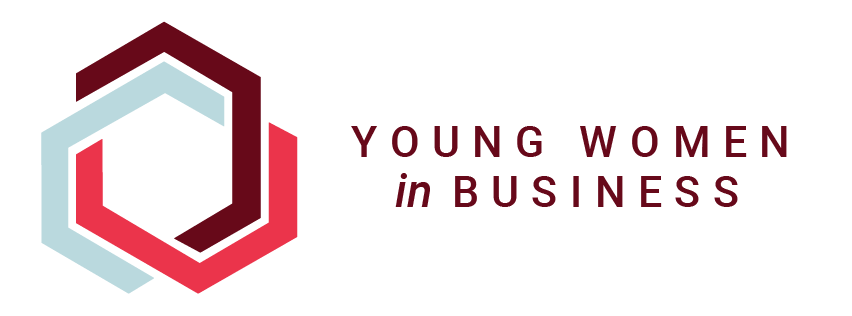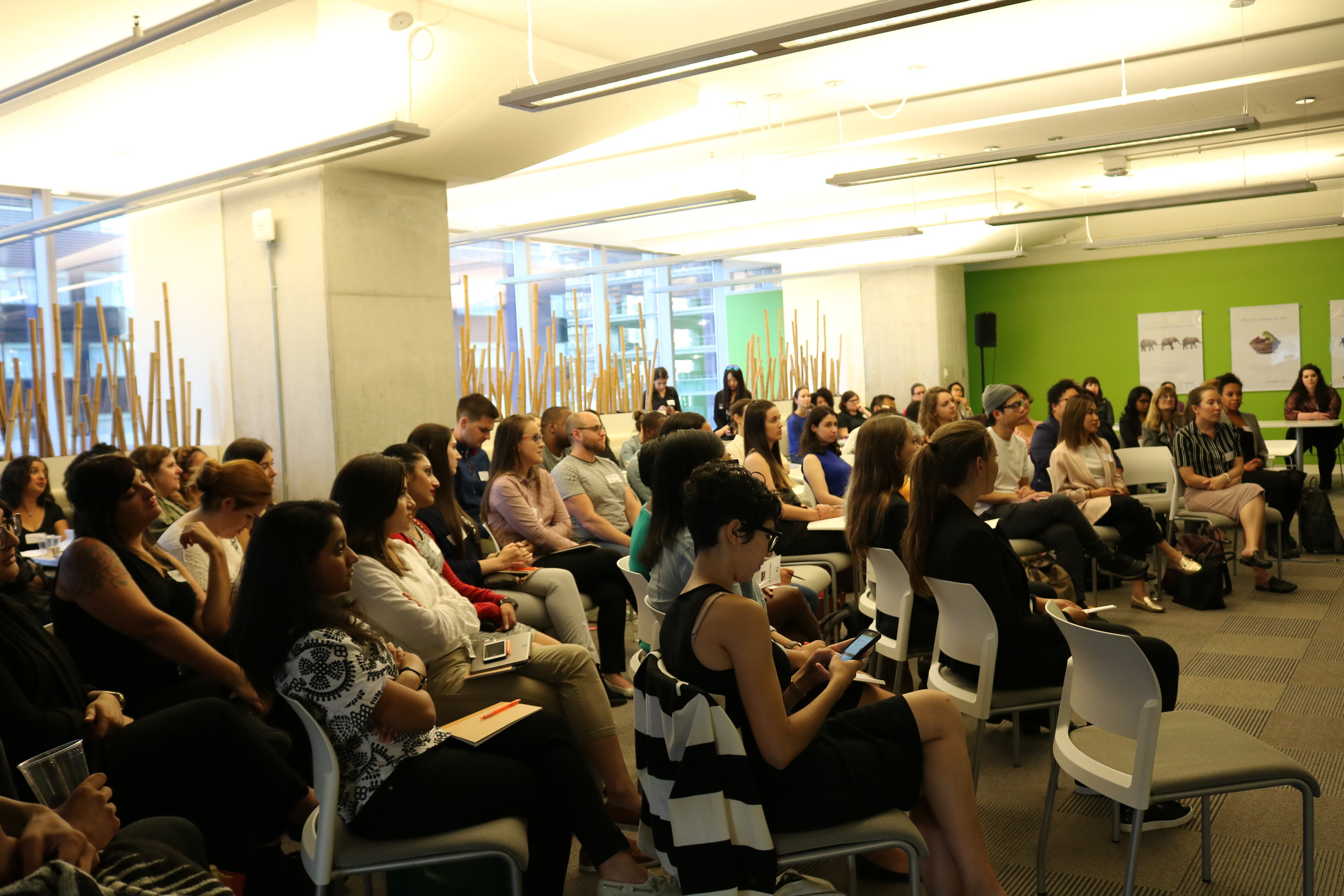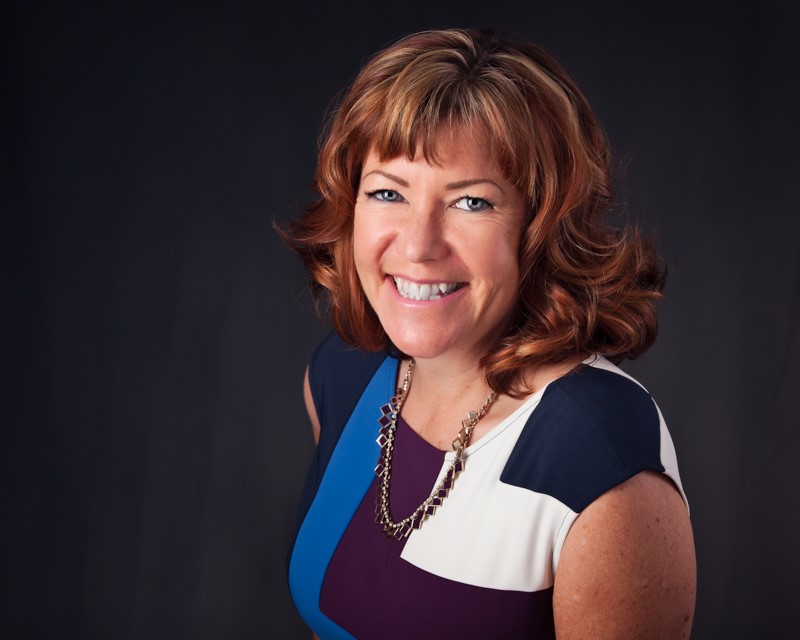Women in STEM Recap
/While an increasingly larger number of women are choosing to pursue degrees in the traditionally male-dominated STEM fields (Science, Technology, Engineering and Math) the percentage of women actually working in these fields has not changed much in the last three decades. There has been much research into the reasons behind these stagnant numbers, yet many of the forces keeping women from progressing remain invisible from the outside. With the recent rise of movements like #metoo and #timesup, issues of blatant harassment and discrimination have been brought to the media spotlight. But there are also deeper, more implicit issues embedded within organizations such as gender stereotyping, implicit bias and even women holding themselves back.
As I walked out of the elevators into the beautiful space provided by Telus Digital for the STEM Panel hosted by Young Women in Business, I couldn’t help but wonder: What am I going to learn today that I don’t already know?
After my pre-event duties as part of the organizing committee, I settled into my seat amongst the crowd which, I happily noted, was very diverse. People of all ages, genders and career paths had come out to listen to the wisdom departed by the panelists.
This, to me, was enough evidence these issues we tend to associate with women actually indirectly affect everyone. It speaks to the importance of having colleagues and friends from all walks of life in one’s support system. At the front of the room sat our accomplished, professional panelists – Dr. Ilana MacDonald, Abhilasha Bhatia, Barbara Robinson and Dr. Sarah Mayes-Tang.
Who were the panelists?
Check out these blog posts to learn more about the panelists:
Ruth Fernandez, MAPC
https://ywib.ca/toronto/blog/women-in-stem-ruth-fernandez
Dr. Ilana MacDonald
https://ywib.ca/toronto/blog/women-in-stem-dr-ilana-macdonald
Abhilasha Bhatia
https://ywib.ca/toronto/blog/women-in-stem-abhilasha-bhatia
Barbara A. Robinson, M.A.Sc., P.Eng.,
https://ywib.ca/toronto/blog/women-in-stem-barbara-robinson
Dr. Sarah Mayes-Tang
https://ywib.ca/toronto/blog/women-in-stem-dr-sarah-mayes-tang
The conversation, moderated by Ruth Fernandez, covered a wide range of topics that ranged from anecdotal experiences of discrimination in the workplace, to tips and strategies on how to overcome these obstacles in the workplace. Amidst jokes about sewage systems, Barbara talked about starting off as an engineer and eventually becoming so good at her job she was able to start a company of her own. That, to me, is the definition of perseverance and her passion for her work is something that I strive to have in my own life.
When the impressively-dressed Dr. Sarah Mayes-Tang mentioned she second guesses the way she dresses out of fear that she won’t be taken seriously, I wanted to stand up and say “hey me too”. As ridiculous as it might seem, it made me realize women tend to think about things that wouldn’t even cross a man’s mind! The conversation continued with Dr. Ilana MacDonald confirming that, “No, all astrophysicists do not act or talk like the guys from the Big Bang Theory”. Dr. MacDonald went on to discuss all the stereotypes she constantly has to dispel around both astrophysics and being a woman in astrophysics.
While I learned something from each panelist, the one thing that resonated with me the most was when Abhilasha Bhatia was asked how she handles being an introvert in a job that requires collaboration. She gracefully replied, “You don’t have to be loud to do your job, right?” The applause from the audience was awe-inspiring and reaffirmed for me that there is nothing wrong in being yourself, as you are. I think this is something women especially tend to struggle with and will often change how they behave to fit certain expectations in the workplace. In fact, I have even been told to speak up more during meetings at work because “that’s what great leaders do”.
As I walked out of the event that day, I thought to myself, I should have more discussions about these kinds of topics with both male and female colleagues. I might just surprise myself with all there is to learn and how shared our experiences can be.
Parting thoughts
The panel noted how everyone, even accomplished women, will suffer from imposter syndrome quite often. They said that we all need to tell each other how great we are doing, and the great job we do everyday, and to recognize each other’s efforts as often as possible.
The panel reinforced the need to have a support network. Whether they are your friends, family or like-minded colleagues, they recommended to rely and uplift one another. They noted that there will be difficult times when you’d want to leave the industry altogether, but that having this support system and sounding board will help you persevere in the field you love.
Learning More
YWiB created a handbook with resources to support you, our community, as you continue to forge ahead and take action in your career. The dropbox link is below:
https://www.dropbox.com/s/veynf19oekidx8m/YWiB%20Toronto%27s%20STEM%20Resources%20Handbook.pdf?dl=0
Please also utilize this folder containing resources from Canada Business Ontario.
https://www.dropbox.com/sh/qwztldaf25srlxb/AAC01k_X63R61VOIgqaQr715a?dl=0
You’re welcome to share this information with anyone.










